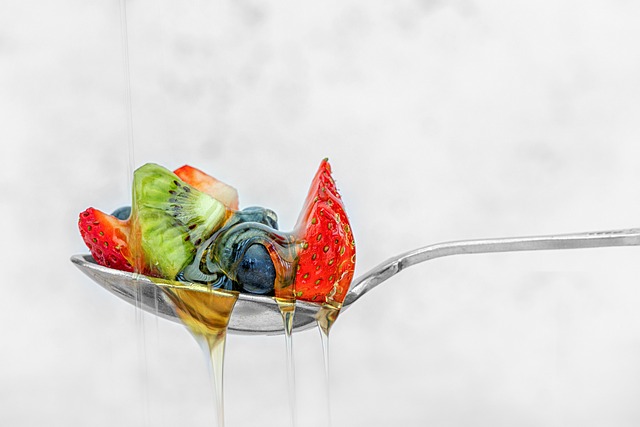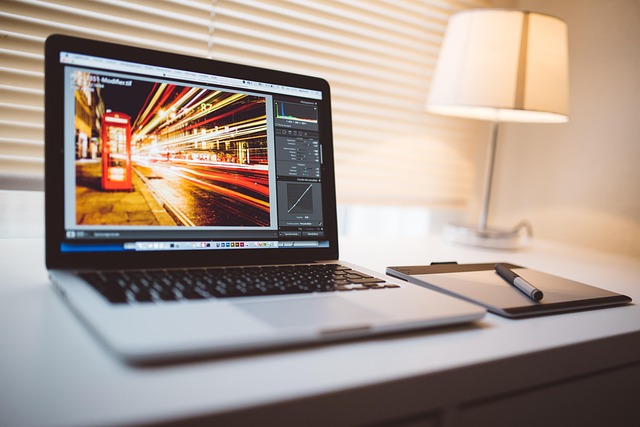In the realm of composition, where creativity meets legality, understanding copyright laws is essential for anyone involved in the arts, especially in the fields of photography and visual media. The term copyright often evokes a sense of ownership and protection, safeguarding the fruits of artistic labor. As a photographer, you wield a camera, perhaps an extension of your very self, through which you capture the world in stunning detail. However, with this power comes responsibility, and navigating the waters of copyright can be daunting.
When you snap that perfect shot, whether it’s a breathtaking landscape or a candid moment, you’re creating something unique. But what happens when others seek to use that image? Understanding the intricacies of copyright becomes crucial. Your photographs are your intellectual property, protected by law. This protection empowers you to control how your work is used, but it also means you need to be mindful of others’ rights as well.
In the digital age, sharing is instantaneous, and the lines between inspiration and infringement can become blurred. Aspiring photographers often wonder, “Can I use that image as inspiration?” or “What if I have a similar style?” Knowing where copyright law stands is crucial. If you reproduce someone else’s image without permission, even if you’ve altered it, you could face legal ramifications. Familiarizing yourself with terms like fair use can help navigate these queries, but the best practice is to always obtain permission or license imagery from the original creator.
The tools we use—our cameras and optics—open up a world of possibilities. They allow us to express our vision and capture our experiences. However, they also raise questions about ownership. If you collaborate with others, who holds the copyright to the resulting images? Is it shared, or do the contributions of each party determine ownership? Understanding these nuances in copyright law can prevent misunderstandings and facilitate smoother collaborations.
Moreover, as technology evolves, so does copyright law. With the rise of artificial intelligence in photography, for instance, new challenges arise. The images generated by AI might blur the lines of traditional copyright, leading creators to ponder who truly owns an AI-generated photo. Should the programmer, the AI itself, or the user who requested the image hold the rights? Staying informed about these developments is vital for anyone in the field.
In this vast landscape of composition, copyright is more than just a legal term; it is a powerful tool that fosters creativity while protecting the rights of artists. As you engage in photography, let this understanding guide your work, ensuring that you not only express your unique vision but also respect the creativity of others. Knowing how to navigate copyright laws empowers you to fully embrace your artistic journey while maintaining the integrity of your work.



